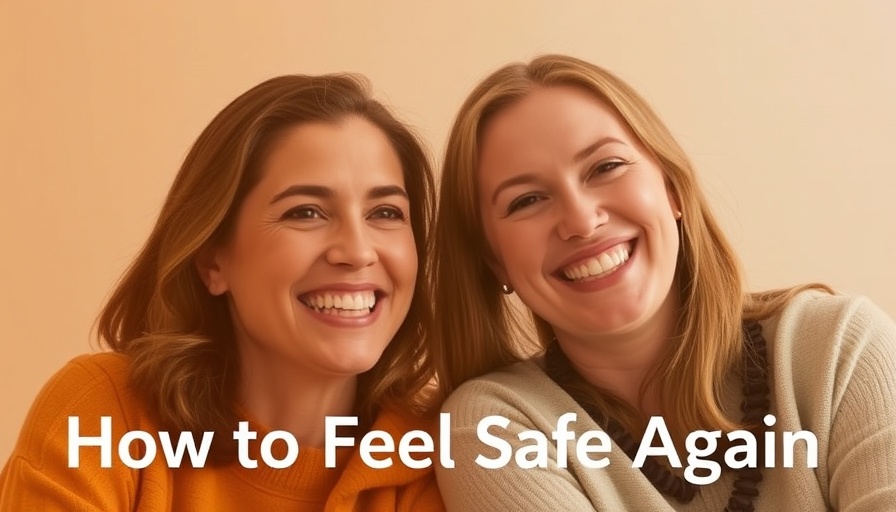
Understanding the Widespread Impact of Intimate Partner Violence
Intimate partner violence (IPV) is not just a statistic; it is a painful reality that an alarming one in five women in the U.S. faces during their reproductive years. According to the recent KFF Women’s Health Survey, 19% of women aged 18 to 64 report experiencing IPV in the past five years. This number grows significantly among marginalised groups, including low-income women and those identifying as LGBTQ+, indicating that IPV does not discriminate but sidesteps into the shadows of societal vulnerabilities.
Health Challenges Stemming from Violence
The implications of IPV extend beyond immediate physical harm. Women suffering from IPV exhibit significantly higher rates of poor health. A staggering 46% describe their mental health as fair or poor, while 27% express similar sentiments regarding their physical health. Moreover, one in four women facing IPV indicates that health issues hinder their ability to engage in work and daily activities. For many, this cycle of violence affects both personal and professional spheres, illustrating an urgent need for comprehensive support systems.
The Role of Healthcare Access
Access to healthcare is fundamental for women navigating the repercussions of intimate partner violence. Over a third of those affected rely on clinics or health centers for care. Unfortunately, only a small fraction turn to emergency services, which suggests that many may be avoiding hospitals due to fear or stigma. This highlights the critical need for health systems to create safe spaces where women feel protected and supported to seek help.
Reproductive Health Concerns
IPV often intertwines tragically with reproductive health. Alarmingly, four in ten women who experienced IPV reported violence during their most recent pregnancy or in the year surrounding it. This troubling statistic emphasizes the importance of emergency contraception—an essential resource for those concerned about unintended pregnancies related to IPV. Understanding these connections can facilitate tailored support for affected women.
Why It Matters
These findings are not just numbers; they underscore a cultural and public health crisis that calls for community awareness and robust interventions. We must devote our energies towards addressing the dynamics of IPV, promoting mental health services, and empowering women with the information and resources to break free from the cycles of violence.
If you or someone you know is affected by IPV, consider reaching out to local support services or health care providers who can offer guidance and resources. By sharing these insights and fostering dialogue, we can take steps towards a safer, more supportive community for all women.
 Add Row
Add Row  Add
Add 




Write A Comment